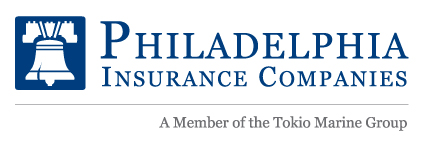Issues & Answers Special Advertising Section
February 2020

Laura Boylan
Vice President of Human Resources
Philadelphia Insurance Companies

“Career development is always an important factor, but in today’s business environment, it’s even more critical.”
Why is career development important in the insurance industry?
First and foremost, it’s important to employees and typically ranks high on their list of what keeps them motivated and engaged.
Secondly, when you think about the impact of technology and the increase of technology, as well as all of the changing conditions in the insurance industry, it’s important to consider what are the skills that are going to be needed to adapt to those changing environments and make sure that you have the right development plans in place.
How does the insurance industry support career development?
I think that in the insurance industry as a whole, we’ve continued to see a huge increase in the number of internship opportunities, going down to high school-level students. We see trainee programs that are expanding and really looking to help people enter into the industry or just if they’re changing careers, looking for an entry point for those that might be changing careers as well.
Are there any new development opportunities from other industries that are starting to come into insurance?
I think there’s been a big shift on seeing development being built in-house and really targeting what employers and employees need in the roles that they’re in today—whether it’s leadership programs, short-term rotations, or other on-the-job type of development opportunities that really don’t take time away from work and fit into the workday and the role that people are in today.
What development opportunities interest employees?
Not to make it too simple, but I think that at the end of the day employees want to see a plan.
I think the shift has really been away from a plan that looks at career development as a ladder and more like a labyrinth or a matrix, so that people can move within their own organization or within the industry to different career pathways.
View the full spread as it appears in Best's Review print edition.